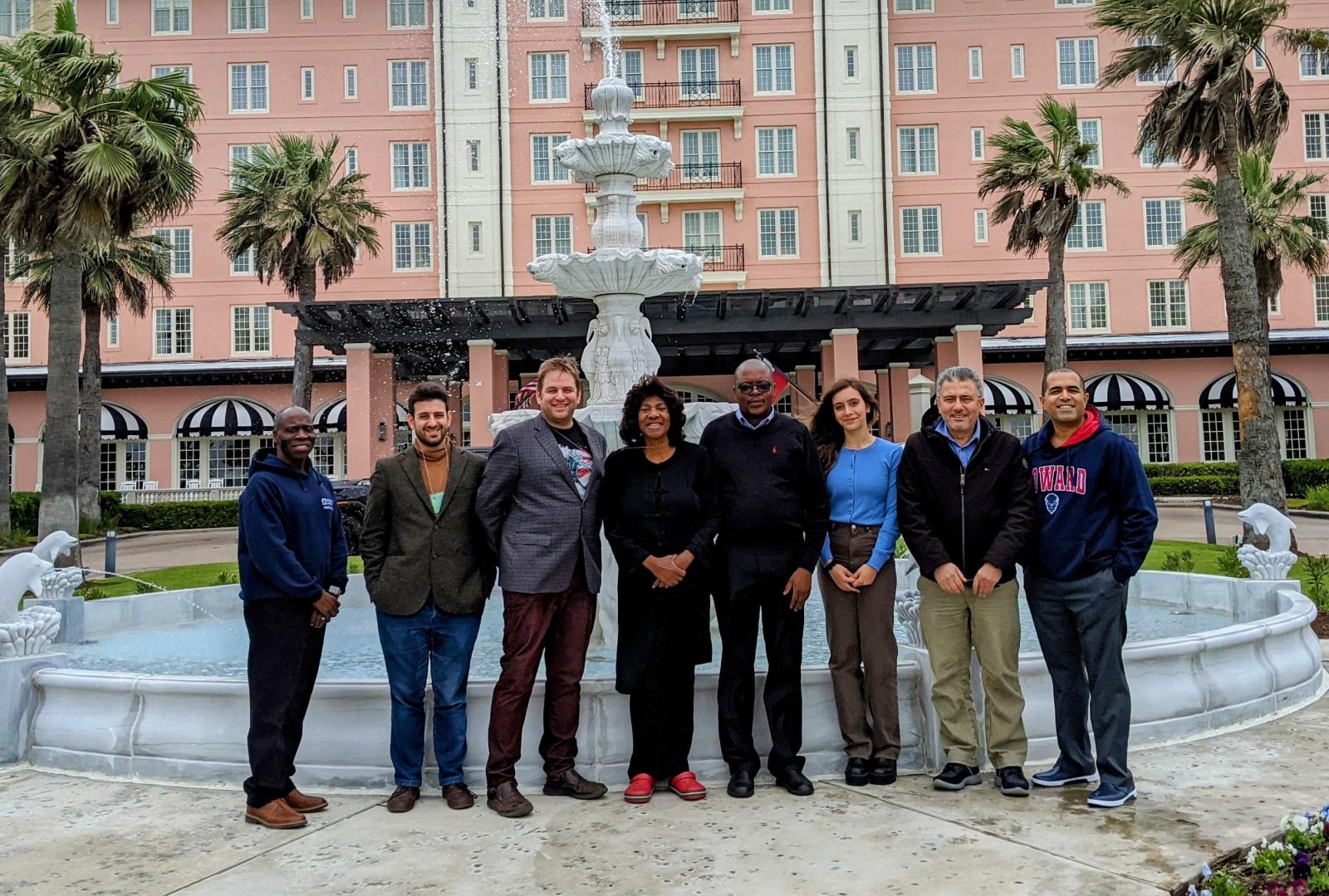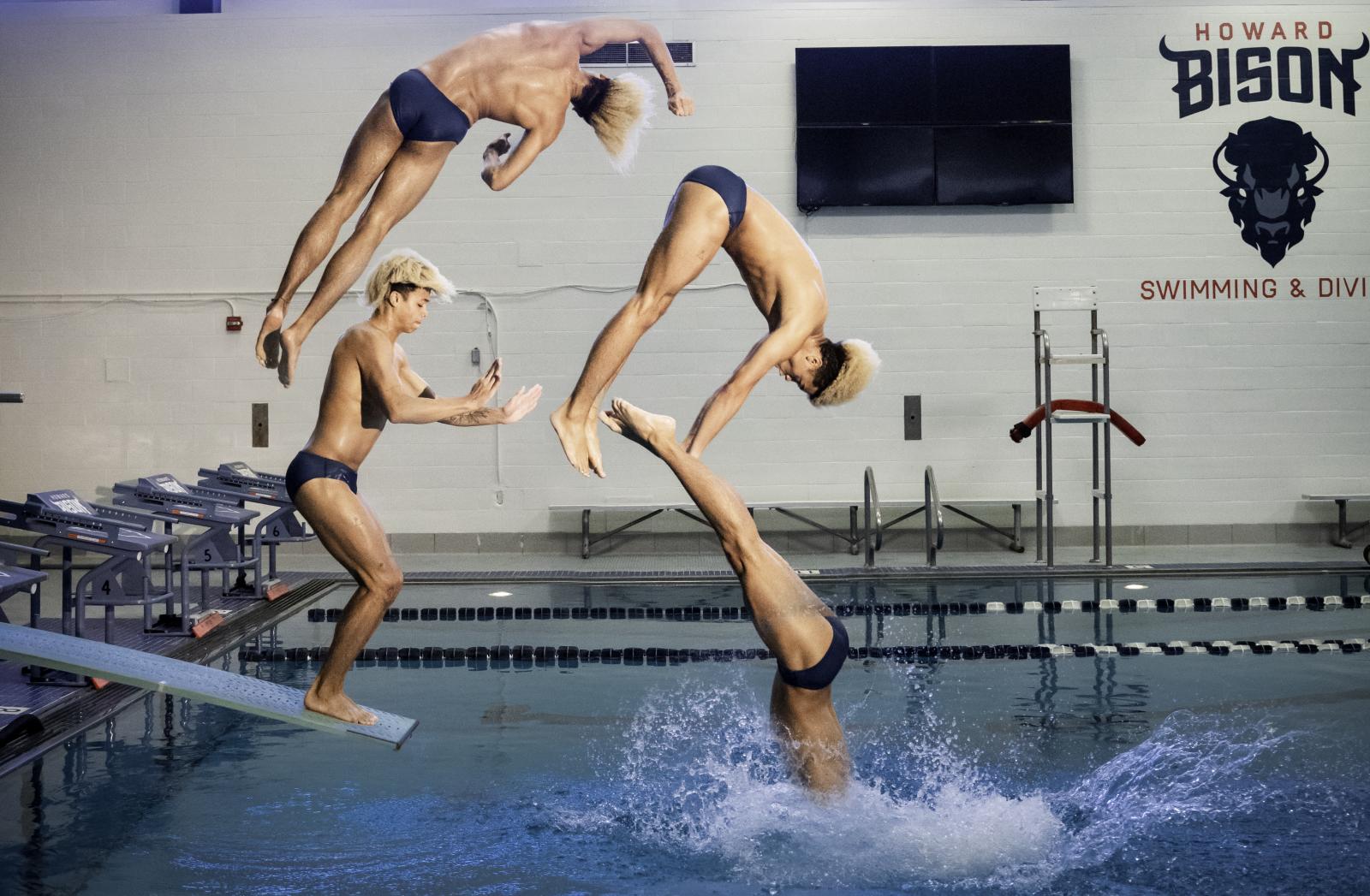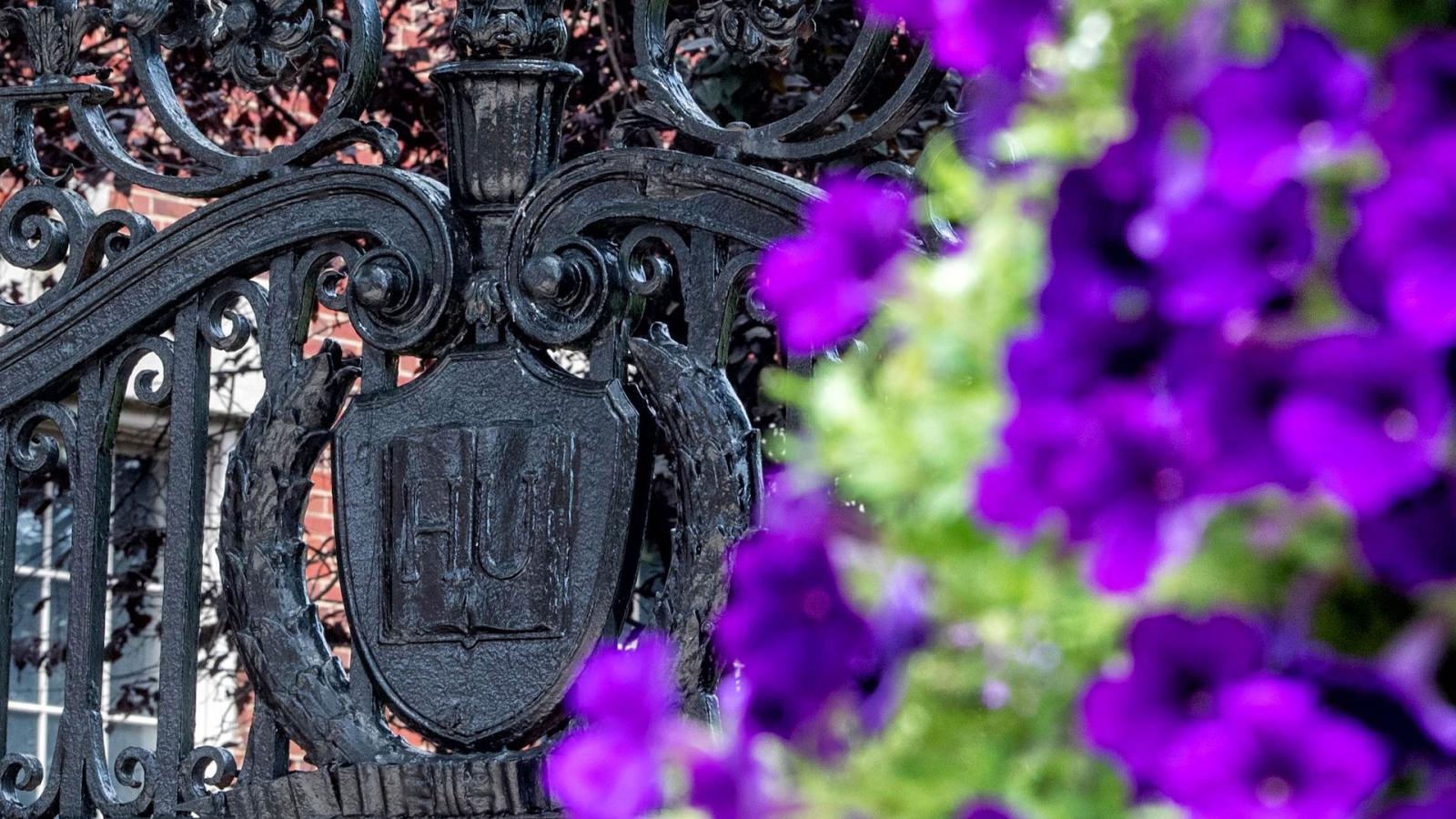Philip Kurian (PhD ’13) has never been satisfied by easy answers. And he’s never shied away from life’s big questions.
“My passion — some might call it an obsession — for understanding the why behind natural things led me to study theoretical physics, and the infinite progression of whys led me to philosophy, history, literature, and theology,” he says. “Far from being divergent, these humanistic disciplines have helped me to define my purpose and identity as a scientist, communicator, and thinker, and they have led me to find my calling at Howard.”
That calling is being realized in a big way through Kurian’s role as the principal investigator and founding director of the Quantum Biology Laboratory (QBL) at Howard University, which uses insights from such fields of study as quantum physics, spectroscopy, quantum information, molecular biology, and computer science to come up with solutions relevant to human disease processes and clinical medicine. “We study the implications of quantum optics — the interaction of light and matter — and how living systems transform due to excitations from both external sources and those produced from internal metabolism,” he says. “In practice, there is a lot of mathematics and high-performance computing involved.”
This dance goes all the way back to the cosmic beginning, and part of our challenge is to chart how purpose and agency can arise from matter governed by physical laws.”
One of the QBL’s most recent studies, entitled “Ultraviolet Superradiance from Mega-Networks of Tryptophan in Biological Architectures,” explores how light affects lattices of tryptophan, an essential amino acid that is critical to the structure of proteins and to the production of neurotransmitters like serotonin. Tryptophan is the same compound in turkey that people claim makes you sleepy while digesting Thanksgiving dinner, but there’s actually too little in a serving to cause fatigue.

The QBL research showed that large organized networks of tryptophan in cellular organelles and filaments have the “ability to process electromagnetic energy and information in heretofore unanticipated ways, opening possibilities for novel mechanisms of biological sensing, signaling, and photoprotection,” Kurian says. “In short, this is a landmark result for the field of quantum biology.”
The QBL has received grant support from multiple federal agencies and private sponsors, including a $1 million grant from the Alfred P. Sloan Foundation earlier this year.
Kurian admits that his work is not the easiest for people to understand. “Explaining what I do can be a minefield because the soundbite description so often fails to capture the essence of our work,” he says. That’s one of the reasons he generally avoids cocktail parties, “but in those kinds of settings I do a lot more listening and asking rather than explaining—you learn more that way.”
But Kurian also has a lot to teach.
“Quantum biology forces us to ask deep questions about life’s origins and its ongoing dance with light,” he says. “This dance goes all the way back to the cosmic beginning, and part of our challenge is to chart how purpose and agency can arise from matter governed by physical laws.”
You need quantum physics to describe the atomic and molecular world.”
There are many applications of the QBL’s work, he says, including “new treatment paradigms for cancer and dementia, fast optical sensors for detecting viral pathogens, advanced light-harvesting and photoprotective devices for energy capture and storage, unconventional platforms for quantum computing, and reevaluation of fundamental physical limits on digital and neurobiological information processing.”
While classical physics can be used to build bridges and launch rockets into space, “you need quantum physics to describe the atomic and molecular world,” he points out. But, he emphasizes, there is room for both, and that gray zone between the quantum and classical realms is where some of the QBL’s most promising discoveries lie.
While the QBL’s groundbreaking work may be challenging for many attendees of a cocktail party to understand, Kurian and his colleagues are pushing the envelope and helping the world grasp those not-so-easy answers. And those answers may lead to a healthier world for all of us.
“We are a group of thinkers dedicated to understanding the myriad mysteries of how distinct first-person subjectives can co-experience a third-person physical reality,” he says. “Consciousness to us is not just a physical phenomenon; it is an aspirational goal toward which we strive, in all that we do.”
Article ID: 1426





